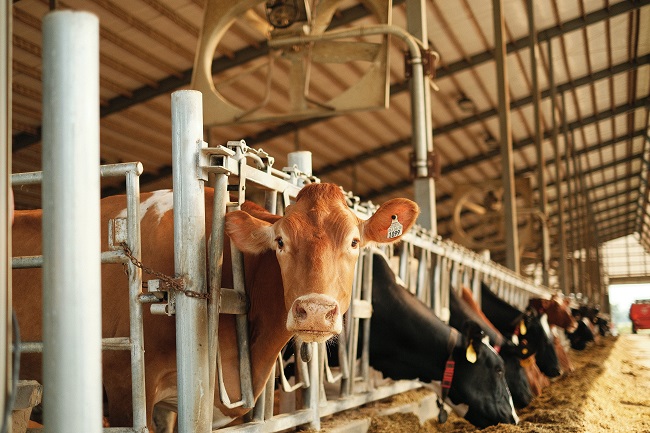
Reproductive culling usually ranks as the first or at least second most common reason for voluntary disposal of dairy cows. Reviewing DHI summaries reveals that 8% of all cows culled are for breeding problems. Repeat breeders and chronic cystic cows are the two major groups that are culled. Poor heat detection is also a major contributor, extending days open before and between breedings, prolonging the time to possible conception.
Management should set how many breedings will be performed prior to placing the cow on the Do Not Breed list (for culling once milk yield has dropped below the economic breakeven point of daily milk production). If a maximum of 5 breedings are selected for the culling indicator, then no cow would be culled prior to 150 days in milk, and most would probably be 200 days into lactation before selection to stop breeding. There are always a few special cows in every herd, but exceptions should not be made for more than 5 to 10% of the herd.
Chronic cystic cows seem to be increasing in number especially in high producing herds. I would classify a cow to be chronic cystic if she is determined to have a cyst present on her ovaries three times during one lactation, and either did not respond to hormonal treatment or returns to the cystic condition after response to treatment. Popular treatment for cows diagnosed as cystic is administration of GnRH followed 10 days later with 25 mg of prostaglandin. Most cows will respond to treatment; however, research has shown that approximately 15% of all cystic cows lack a biochemical pathway required to respond. With cystic cows identification occurs at palpation, and it is important to palpate cows that have not been observed in heat, plus palpations should occur at least monthly, with bimonthly exams recommended for larger herds.
Cows that retain fetal membranes have a greater chance to become a reproductive cull because of delayed breeding and increased inseminations that accompany these cows later in lactation. Poor heat detection contributes to reproductive culling by not permitting artificial insemination to occur in a timely manner (days to first service should average 75 days) and identification of returns to heat following insemination. Reducing cows culled for reproductive failure or efficiency will allow more cows to be removed for low production and will increase the income of the farm by increasing the efficiency of production.
Provided by Ray L. Nebel Extension Dairy Scientist Virginia Tech University
Related Articles & Free Email Newsletter Sign Up
How Blankets Can Help Young Dairy Calves
How Milking Equipment Function Can Affect Milk Quality & Production




Comment here